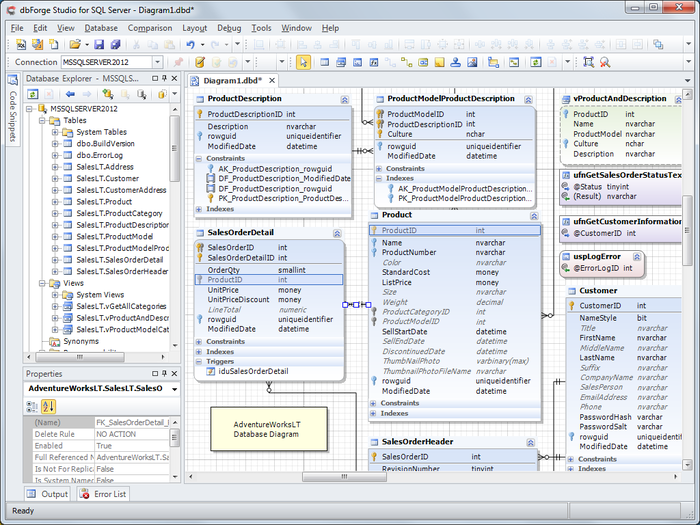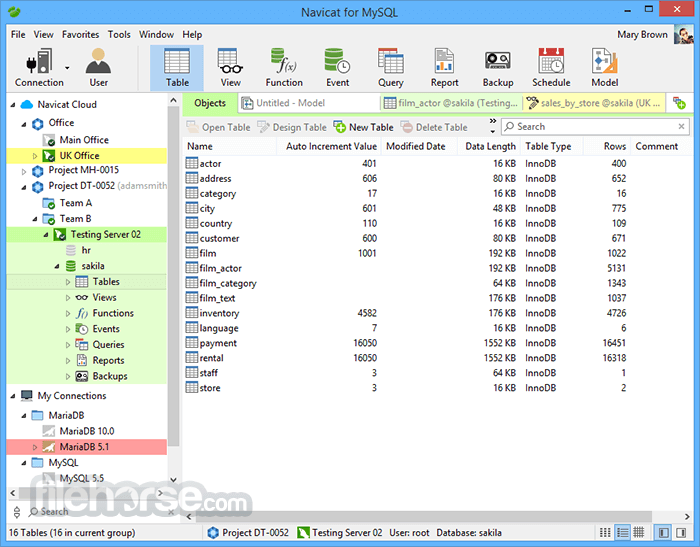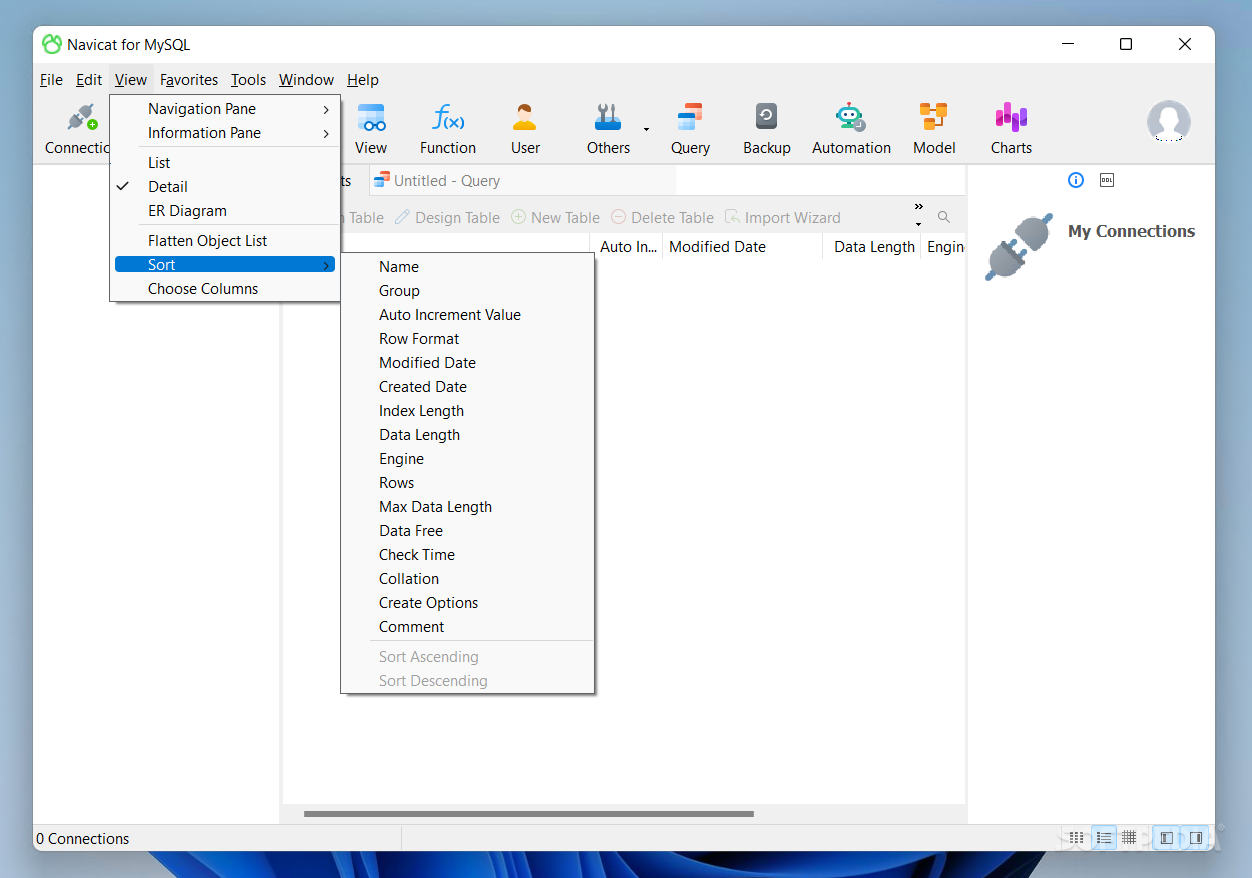

Stored procedures and functions are actually very similar, and can in fact be utilized to accomplish the same task. In the next blog, we'll be getting into uncharted territory when we add documents to our collection.Most relational databases - including MySQL, MariaDB, and SQL Server - support stored procedures and functions. So far, the process has been similar than that of traditional DBMSes. In today's tutorial, we learned the basics of database and document creation in MongoDB using the new Navicat for database management & design tool. The new collection will be added to the Database Explorer, under the Collections object: Click the Save button on the Untitled Collection Tab and enter the Collection name in the prompt.For now, we'll save it with the defaults. It contains several child tabs for specifying all of the collection's attributes. That will bring up a new Untitled Collection Tab: Moreover, clicking on the Database object or any of its objects will enable applicable commands on the Database Objects Toolbar, in particular, the New Collection, Import Wizard, and Export Wizard buttons: If you expand the Database object by clicking on the arrow to the left of the DB name, you will see all of the database objects, including its Collections:.Typically, all documents in a collection are related in purpose or otherwise similar in some way or another.

A collection exists within a single database. A Collection is a group of MongoDB documents. It will then appear under the current connection in the left-hand Connection list.

After you have done so, click the OK button to close the dialog and create the new database.īehind the scenes, Navicat employs the MongoDB "use" command to create the database. A dialog will appear in which you can provide the database name.Next, right-click the connection name and choose Create Database.Double-click the connection in the Connection list to open the database connection.With our connection in place, we are now ready to create a new database. It will then appear in the left-hand Connection list. Click the OK button to close the dialog and create the connection.mongodb://localhost:27017/ - by clicking the URI button. If you need it, you can also obtain the server URI - i.e. You can test the connection by clicking the Test Connection button. On the New Connection dialog, enter a name in the Connection Name field:.button on the main toolbar and select MongoDB. Launch the Navicat for MongoDB application.In this section we'll connect to our active MongoDB service and add a brand new database. In today's tutorial, we start with the basics of database and document creation.
NAVICAT DATA MODELER STORED PROC HOW TO
In the next few blogs, we'll learn how to work with MongoDB using the new Navicat for MongoDB database management & design tool. As such, it's the perfect starting place for learning NoSQL operations like indexing, regular expression, data sharding, etc. In fact, it's the leading non-relational database in the world. One of the most popular NoSQL databases is MongoDB.


 0 kommentar(er)
0 kommentar(er)
